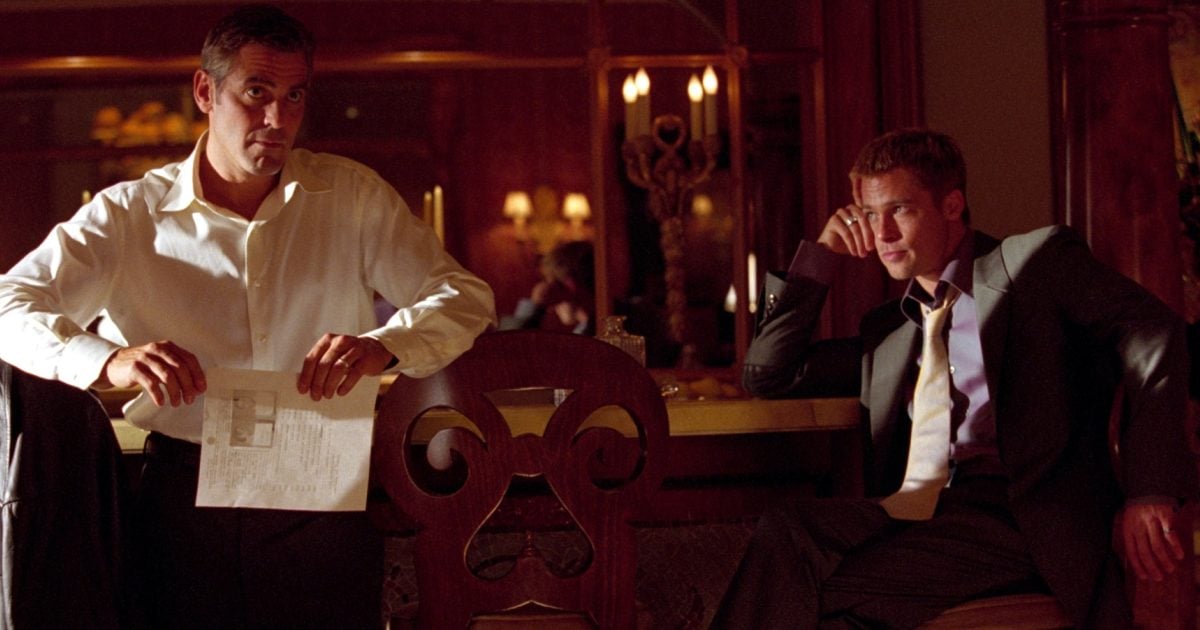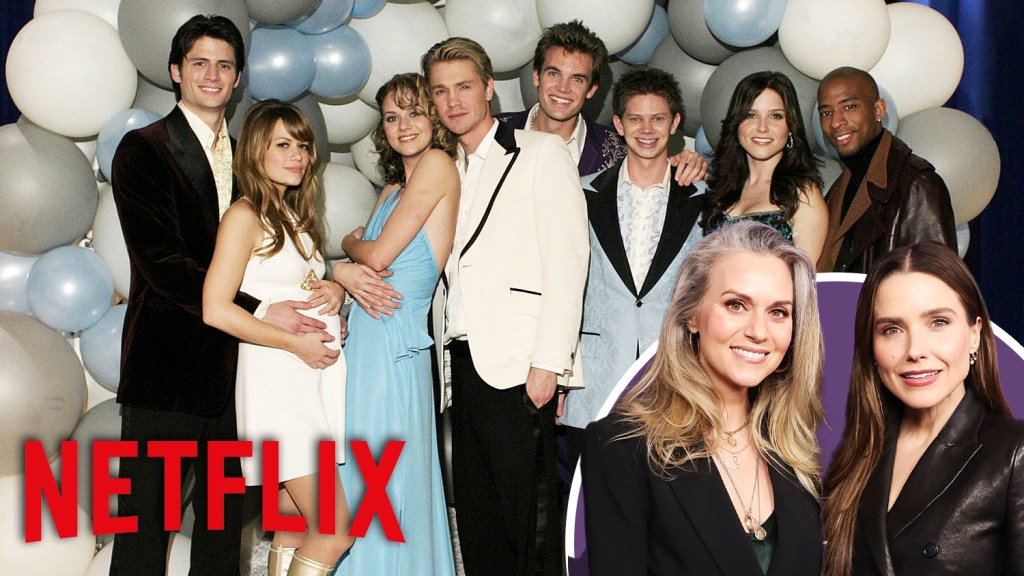Director-Turned-Cinematographer: Behind the Lens of "Ocean's Eleven"

The combination of director and cinematographer is commonplace in commercials and documentaries, but a rarity in feature films. While some notable cinematographers have stepped behind the director's chair, finding a feature director who doubles as their own DP is uncommon. One such director is Peter Hyams, renowned for shooting his own films for years.
However, director Steven Soderbergh, known for his unconventional approach to filmmaking, decided to take on the dual role for his 2001 heist film, "Ocean's Eleven". This decision, though unusual, stemmed from Soderbergh's deep-rooted passion for the art of cinematography.
"I don't think this should be a trend," Soderbergh acknowledges, "but I've been shooting since I was 13 and have learned from some truly brilliant cinematographers." He further explains that his decision was "not taken lightly," driven by a desire to find the most effective solutions and build a deeper connection with both actors and the film itself.
Soderbergh's commitment to the craft is evident in his continuous learning process. He dedicates time to studying cinematography, devouring publications like American Cinematographer and closely observing the work of his peers. He readily acknowledges the inspiration he draws from other talented professionals, ensuring that he fully understands their techniques.
To take on the cinematographic role for "Traffic," Soderbergh joined the Local 600 union as a director of photography, employing the pseudonym "Peter Andrews" to avoid billing conflicts with the Writers Guild. This name, a tribute to his late father who ignited his passion for filmmaking, became a key part of Soderbergh's artistic identity.
The director's desire to remain unassuming about his dual role initially led him to be tight-lipped about his cinematographic contributions. However, Soderbergh eventually realised the importance of sharing his experiences, echoing the spirit of American Cinematographer magazine.
For "Ocean's Eleven," Soderbergh reunited with his trusted gaffer from "Traffic", James Plannette, a veteran with over two decades of experience. The duo, a testament to their shared vision and collaborative spirit, formed an inseparable team on set.
Plannette, a master of his craft, brings a unique combination of experience, enthusiasm, and flexibility to the table. He readily provides solutions when Soderbergh is stumped and adapts seamlessly to the director's specific vision. Their partnership is built on mutual trust and respect, allowing for open communication and creative exploration.
"Ocean's Eleven" is visually striking, capturing the sleek style of the characters and their glamorous settings. The film's lighting aesthetic, influenced by the natural beauty of the locations, is a testament to Soderbergh and Plannette's meticulous approach. They sought to enhance the existing beauty without compromising the authenticity of the spaces.
To achieve the desired look, Soderbergh opted for Kodak Vision 500T 5279 and Vision 250D 5246 film stocks, pushing the 5279 two stops for a grainy, yet elegant feel. This approach allowed for greater flexibility and contributed to the film's unique aesthetic, balancing sleekness with a hint of grit.
Plannette, a master of pushing the boundaries of film stock, carefully monitored the exposure, ensuring the desired printer lights while maintaining a natural look. This attention to detail resulted in tight grain control, deep shadow detail, and bold colours that define "Ocean's Eleven's" visual style.
The use of Kodak Vision Premier Color Print Film for release prints, a decision made possible by the film's budget, further enhanced the visuals. This choice ensured that the vibrant colours and details captured on set were faithfully reproduced in the final prints.
"Ocean's Eleven" is a testament to Soderbergh's commitment to cinematic artistry, showcasing his dedication to both directing and cinematography. Through his collaboration with Plannette and his meticulous approach to every aspect of filmmaking, Soderbergh crafted a visually stunning film that is as memorable for its aesthetics as its captivating story.





